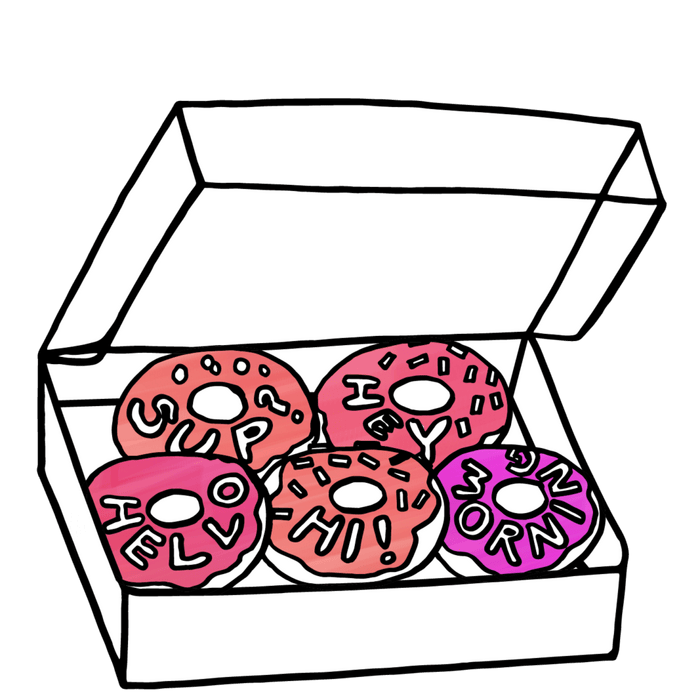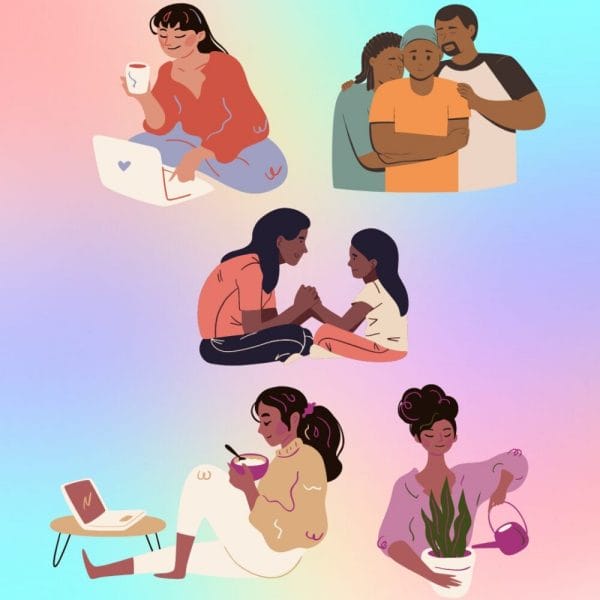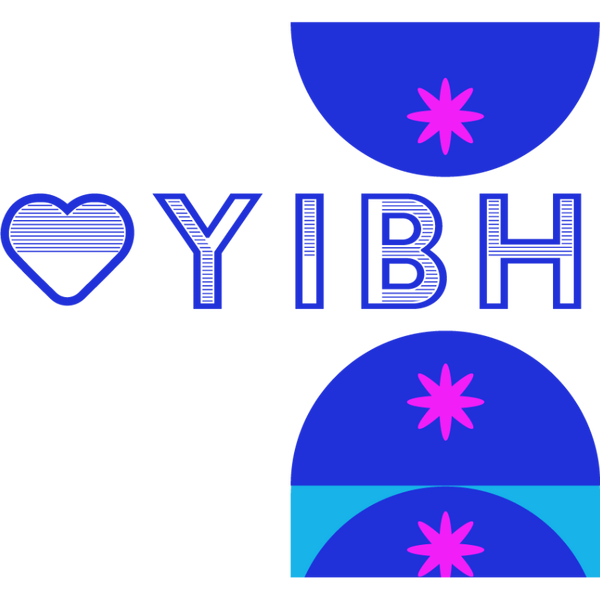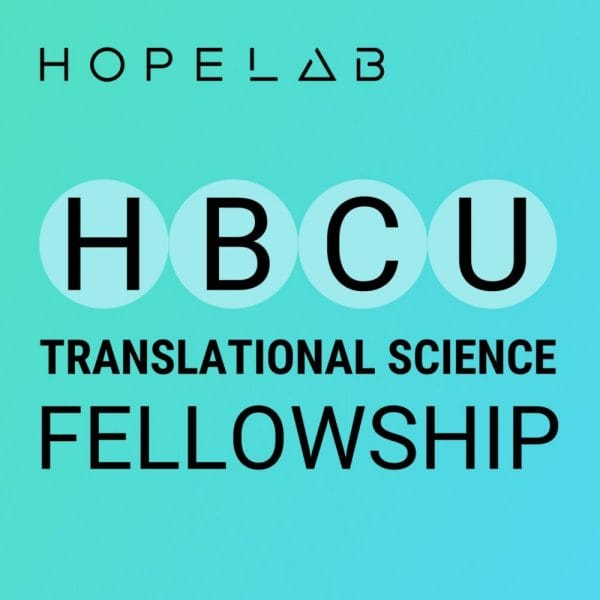As a Gen Z-er fresh out of college, I’m not ashamed to say that, more often than not, I’m glued to my phone, my computer, and other pieces of digital tech. I recognize the value it adds to my life. At this stage it helps me connect easily with others, learn new information, and be more efficient. That’s one of the reasons I was thrilled to start my first job after college at Hopelab, a social innovation lab that creates behavior-change tech for people my age. If there’s one thing that I’ve taken from exiting college and entering this field, it’s this: in order for Gen Z—college students especially—to use digital tech, the creators have to put design at the forefront.
When I think back on the digital tech experience at my college, design was the difference between my peers and me either loving or loathing it. The digital tech tools offered were mainly used for administrative tasks like signing up for classes or accessing dining hall menus; they were functional, but the experience of using this tech was often terrible. The course enrollment website, for example, was so difficult to use (counter-intuitive organization of course listings, no easy way to track waitlist status, frequent crashing), it left my peers and me drained, helpless, and lost before we even set foot in the classroom.
Even when they worked alright, the college’s digital tech tools were only designed to help me get through events, programs, and appointments in my day-to-day; what lacked were pieces of digital tech to help me process my day-to-day, which was full of both exciting and stressful social encounters. I can see now what a missed opportunity this was to support my peers and me, because online is where we go to find a lot of our support and health resources. According to a national survey by Hopelab and Well Being Trust, 87% of 14 to 22-year-olds say they have gone online for health resources, and 64% say they have used mobile apps related to health.
Having to finish up senior year in college from my childhood bedroom in the middle of a global pandemic brought the real value and challenges of social connection into sharper focus. Now, at Hopelab, I’m working on Nod, a behavioral health app designed to empower college students to build social connections in order to reduce loneliness. Based on principles of behavioral science—positive psychology, cognitive behavioral therapy, motivational interviewing, and mindfulness self-compassion—Nod literally walks students through the sometimes scary and complex process that can come with connecting with others. Nod’s mission resonated with me, because at the end of college I found myself searching for creative and new ways to connect with virtual friends and classmates in order to not feel so down about this new normal. I instantly saw that Nod could really help.
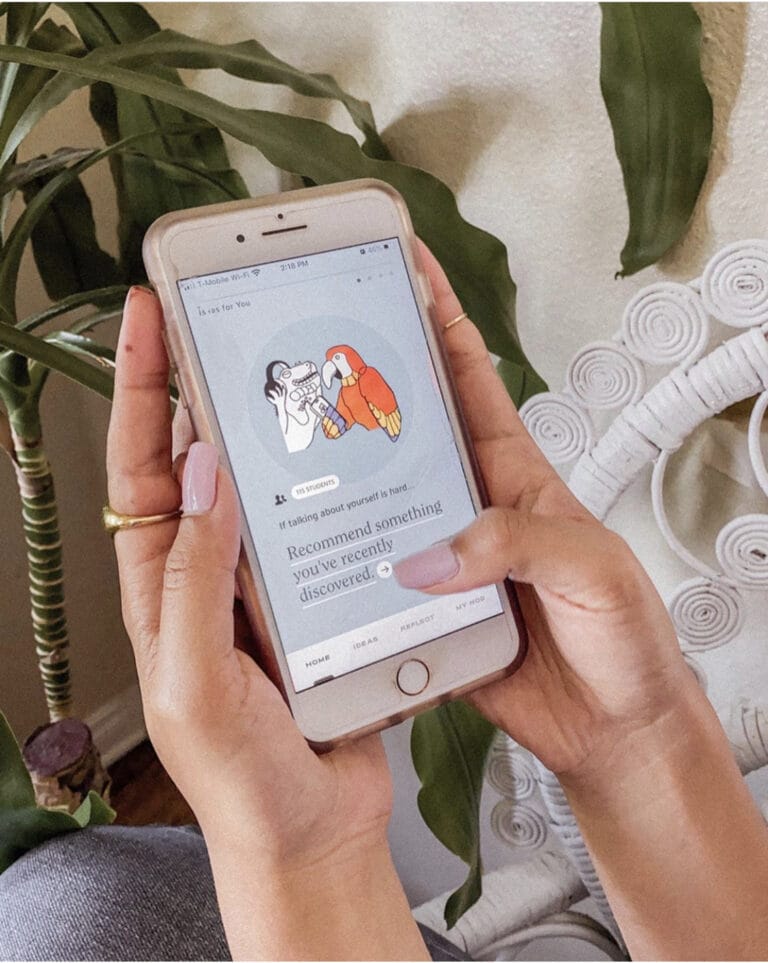 I also noticed that Nod is truly different from traditional health apps, and it was the design that impressed me straight away. The app is easy to use, fun and engaging, and the ideas and tips actually motivated me to learn new social skills and meet my goals. Nod was recently recognized by Fast Company as a finalist for the 2020 Innovation by Design Awards in the Apps and Games and Social Good categories, a testament to both its appeal and its impact. Nod’s successful design stems in part from the fact that Hopelab and Grit Digital Health co-created Nod with college students. More than 100 students contributed stories, wisdom, and creativity first-hand to shape Nod into a tool that truly resonates with Gen Z students.
I also noticed that Nod is truly different from traditional health apps, and it was the design that impressed me straight away. The app is easy to use, fun and engaging, and the ideas and tips actually motivated me to learn new social skills and meet my goals. Nod was recently recognized by Fast Company as a finalist for the 2020 Innovation by Design Awards in the Apps and Games and Social Good categories, a testament to both its appeal and its impact. Nod’s successful design stems in part from the fact that Hopelab and Grit Digital Health co-created Nod with college students. More than 100 students contributed stories, wisdom, and creativity first-hand to shape Nod into a tool that truly resonates with Gen Z students.
Involving young people in the process creates a win-win situation. The product is better and students value it more because it supports us in accomplishing important goals, rather than becoming a source of additional stress. According to a 2017 survey conducted by the National Institute of Mental Health, young people ages 18-25 have the highest prevalence of mental illness, yet report receiving mental health services the least. We need more apps like Nod that are created with and for college students—that support students’ mental health and connectivity to our peers and campus life—so that we can find the support we need in the places we’re looking.
If you are a college student, parent, or higher education leader interested in bringing the Nod app to your campus, you can make a request at heynod.com.
